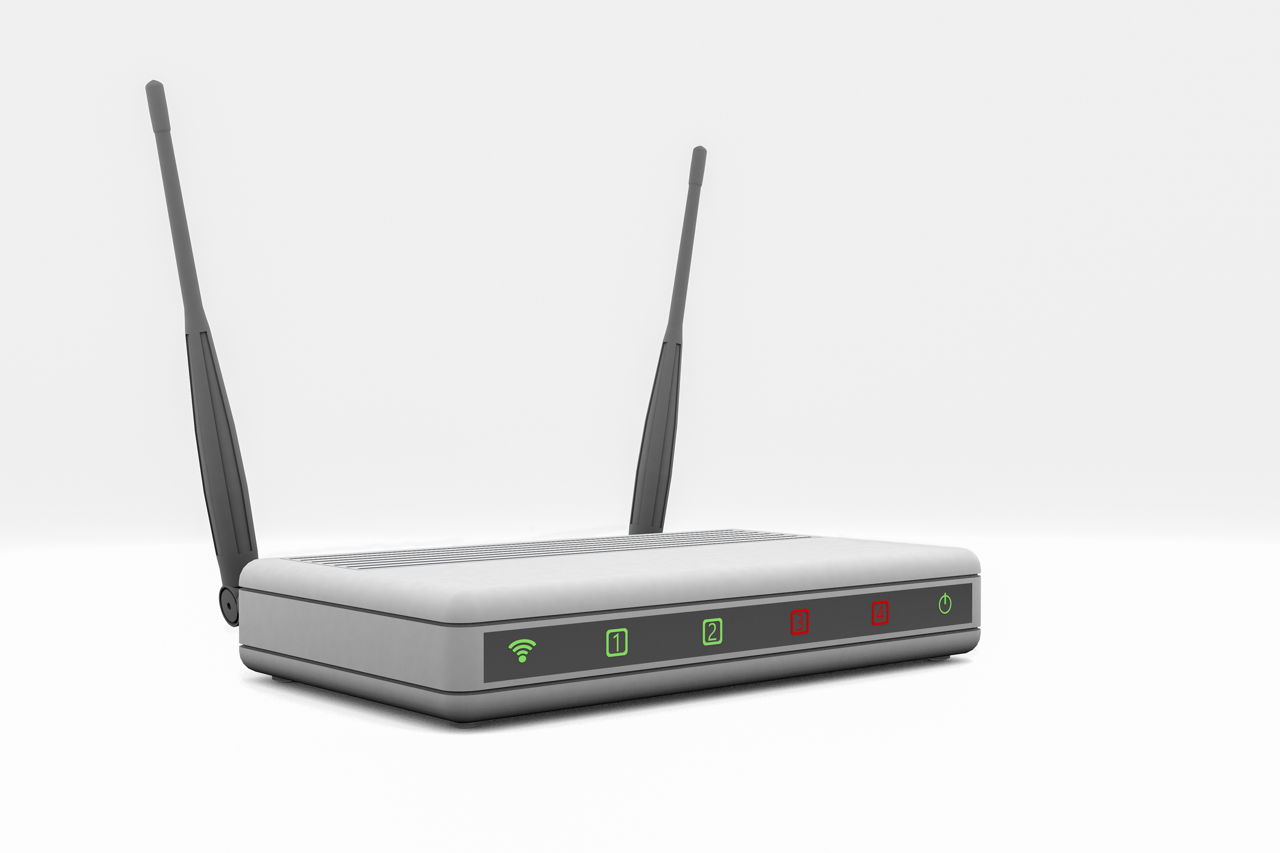Internet Router For Mac
- Internet Router For Mac Windows 10
- Internet Router For A Coffee Shop
- Internet Router For Mac Setup
- Internet Router For Mac Installer
- Internet Router For Home
Once you know the IP Address of Router, you will be able to Login to your Router and make changes as required. You will find below the steps to Login to Router on Mac.
Amazon.com: best wireless router for mac. 5GHz Gigabit Dual Band MU-MIMO Wireless Internet Router, Supports Beamforming, Guest WiFi and AP mode, Long Range Coverage by 4 Antennas(Archer A6), Black. 4.4 out of 5 stars 6,946.
How to find the MAC address of your Xfinity Gateway or connected devices. How to Find the MAC Address of Your Xfinity Gateway or Connected Devices. How to find the MAC address of your Xfinity Gateway or connected devices. Top comment ' 3) The shared printer, USB'd to the router would work on only one PC/Mac at a time.I purchased this router to upgrade my G type router this was a ac router dual band 2.4 and 5 gig running at same time which is nice my speed test with the g router was running at 20 meg download 3 meg upload with the new ac router I'm getting 65 meg download 5.5 meg upload that is with'.
Login to Router on Mac
Most people want to login to Route, in order to change Router Security Settings, Update Router Software or to setup Parental controls.
As mentioned above, the first step is to find the Router IP Address and this will allow you to access the Router Login page.
Most Router Manufacturers use 192.168.0.1 or 192.168.1.1 as the default Router IP Address and make this information available on their websites, in instruction manuals and also on the sticker attached to back of the Router.
However, you won’t be able to use above sources, if the default Router IP address has been changed by your Internet Service provider or by someone with access to your Router.
Luckily, it is really easy to find Router IP Address and Login to Router on Mac.
Find Router IP Address on Mac
Follow the steps below to find the Router IP Address on your Mac.
1. Open System Preferences and click on the Network icon.
2. On the Network screen, click on either WiFi or Ethernet option (depending on how your Mac is connected to the Internet) and you will see the Router IP Address.
Note down or copy the Router IP Address, as you will be requiring this information in the next step.
2. Login to Router On Mac
Once you find the IP Address of your Router, you can login to Router on Mac by following the steps below.
1. Open Safari or Chrome browser on your Mac.
2. Type the Router IP Address in the address bar of the browser and hit the Enter key.
Note: There is no http:// before the IP address.
3. On the Router Login screen, enter the Username and Password to login to your Router.
Unless you have changed the default “User Name” and “Password”, the Username for most Routers is “Admin” and Password is either “Password” or blank.
Note: Check the website of Router manufacturer to find correct “User Name” and “Password” for your Router.
What If You Are Unable to Login to Router
In case you are unable to login to Router using default Password, it is likely that your Internet service provider or someone with access to Router has changed the Router Login Password.
In such case, you can gain access to your Router by Resetting the Router to its Factory Default Settings by using the Reset Button or Reset Hole located at the back of the Router.
Once the Router is Reset to Factory Default Settings, you will be able login to Router on Mac by using the default IP Address, User Name and Password, as provided by the manufacturer of your Router.
After logging in to Router, you will have complete access to its Settings and will be able to change Router Security settings, Router Password and other settings.
If you've followed the steps to connect your Mac to a Wi-Fi network, but the connection to your network or the Internet isn't reliable, the steps in this article might help.
Check for Wi-Fi recommendations
When your Mac tries to connect to a Wi-Fi network, it checks for issues that affect its ability to create a fast, stable, and secure connection. If an issue is detected, the Wi-Fi status menu in the menu bar shows a new item: Wi-Fi Recommendations. Choose it to see recommended solutions.
Wi-Fi recommendations are available in macOS Sierra or later.
Analyze your wireless environment

Your Mac can use Wireless Diagnostics to perform additional analysis.
- Quit any apps that are open, and connect to your Wi-Fi network, if possible.
- Press and hold Option (Alt) ⌥ key, then choose Open Wireless Diagnostics from the Wi-Fi status menu .
- Enter your administrator name and password when prompted.
Wireless Diagnostics begins analyzing your wireless environment:
If the issue is intermittent, you can choose to monitor your Wi-Fi connection:

Internet Router For Mac Windows 10
When you're ready to see recommendations, continue to the summary. Wireless Diagnostics asks for optional information about your base station or other router, so that it can include that in the report it saves to your Mac.
Click the info button next to each item in the summary to see details about that item. Wi-Fi best practices are tips that apply to most Wi-Fi networks.
Back up or make note of your network or router settings before changing them based on these recommendations—in case you need to use those settings again.
Monitor your Wi-Fi connection
Internet Router For A Coffee Shop
Your Mac can monitor your Wi-Fi connection for intermittent issues, such as dropped connections. Follow the steps to analyze your wireless environment, but choose ”Monitor my Wi-Fi connection” when prompted.
During monitoring, a window shows that monitoring is in progress. Monitoring continues as long as this window is open and you're on the same Wi-Fi network, even when your Mac is asleep.
If Wireless Diagnostics finds an issue, it stops monitoring and shows a brief description of the issue. You can then resume monitoring or continue to the summary for details and recommendations.
Create a diagnostics report

Wireless Diagnostics automatically saves a diagnostics report before it displays its summary. You can create the same report at any time: press and hold the Option key, then choose Create Diagnostics Report from the Wi-Fi status menu . It can take your Mac several minutes to create the report.
Internet Router For Mac Setup
- macOS Sierra and later saves the report to the /var/tmp folder of your startup drive, then opens that folder for you.
To open the folder manually, choose Go > Go to Folder from the Finder menu bar, then enter /var/tmp. - OS X El Capitan or earlier saves the report to your desktop.
The report is a compressed file with a name that begins “WirelessDiagnostics.” It contains many files that describe your wireless environment in detail. A network specialist can examine them for further analysis.
Internet Router For Mac Installer
Use other diagnostics utilities
Internet Router For Home
Wireless Diagnostics includes additional utilities for network specialists. Open them from the Window menu in the Wireless Diagnostics menu bar:
- Info gathers key details about your current network connections.
- Logs enables background logging for Wi-Fi and other system components. The result is saved to a .log file in the diagnostics report location on your Mac. Logging continues even when you quit the app or restart your Mac, so remember to disable logging when you're done.
- Scan finds Wi-Fi routers in your environment and gathers key details about them.
- Performance uses live graphs to show the performance of your Wi-Fi connection:
- Rate shows the transmit rate over time in megabits per second.
- Quality shows the signal-to-noise ratio over time. When the quality is too low, your device disconnects from the Wi-Fi router. Factors that affect quality include the distance between your device and the router, and objects such as walls that impede the signal from your router. Learn more.
- Signal shows both signal (RSSI) and noise measurements over time. You want RSSI to be high and noise to be low, so the bigger the gap between RSSI and noise, the better.
- Sniffer captures traffic on your Wi-Fi connection, which can be useful when diagnosing a reproducible issue. Select a channel and width, then click Start to begin capturing traffic on that channel. When you click Stop, a .wcap file is saved to the diagnostics report location on your Mac.
Learn more
Additional recommendations for best Wi-Fi performance:
- Keep your router up to date. For AirPort Time Capsule, AirPort Extreme, or AirPort Express Base Station, check for the latest firmware using AirPort Utility. For non-Apple routers, check the manufacturer's website.
- Set up your router using Apple's recommended settings, and make sure that all Wi–Fi routers on the same network use similar settings. If you're using a dual-band Wi-Fi router, make sure that both bands use the same network name.
- Learn about potential sources of Wi-Fi and Bluetooth interference.
Learn about other ways to connect to the Internet.

